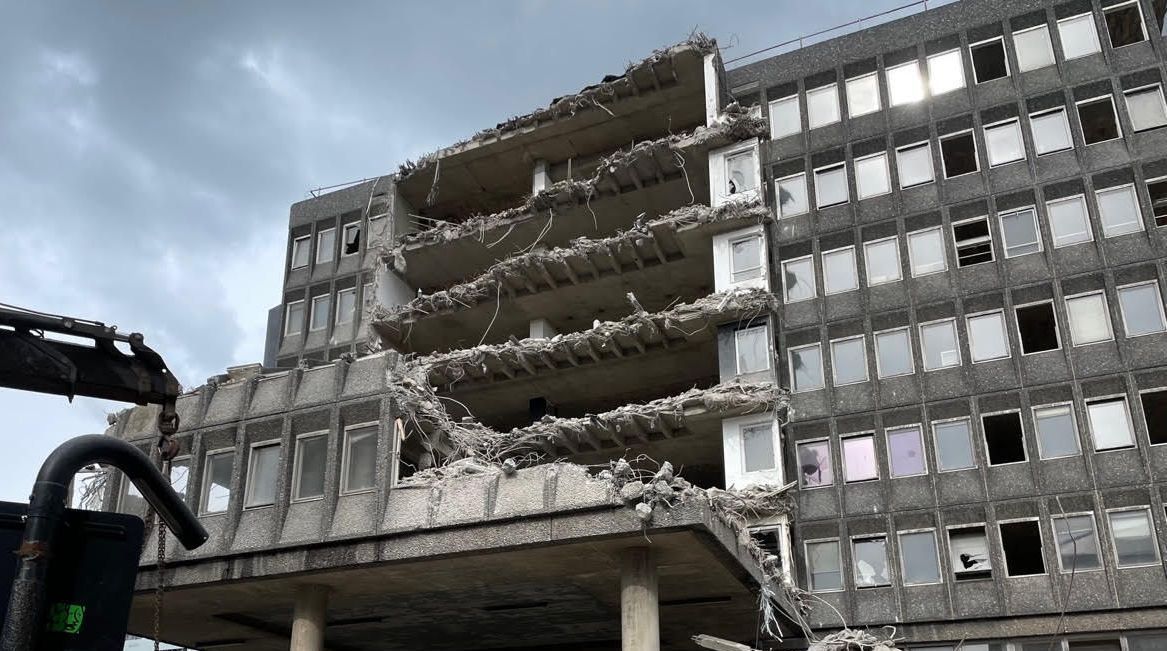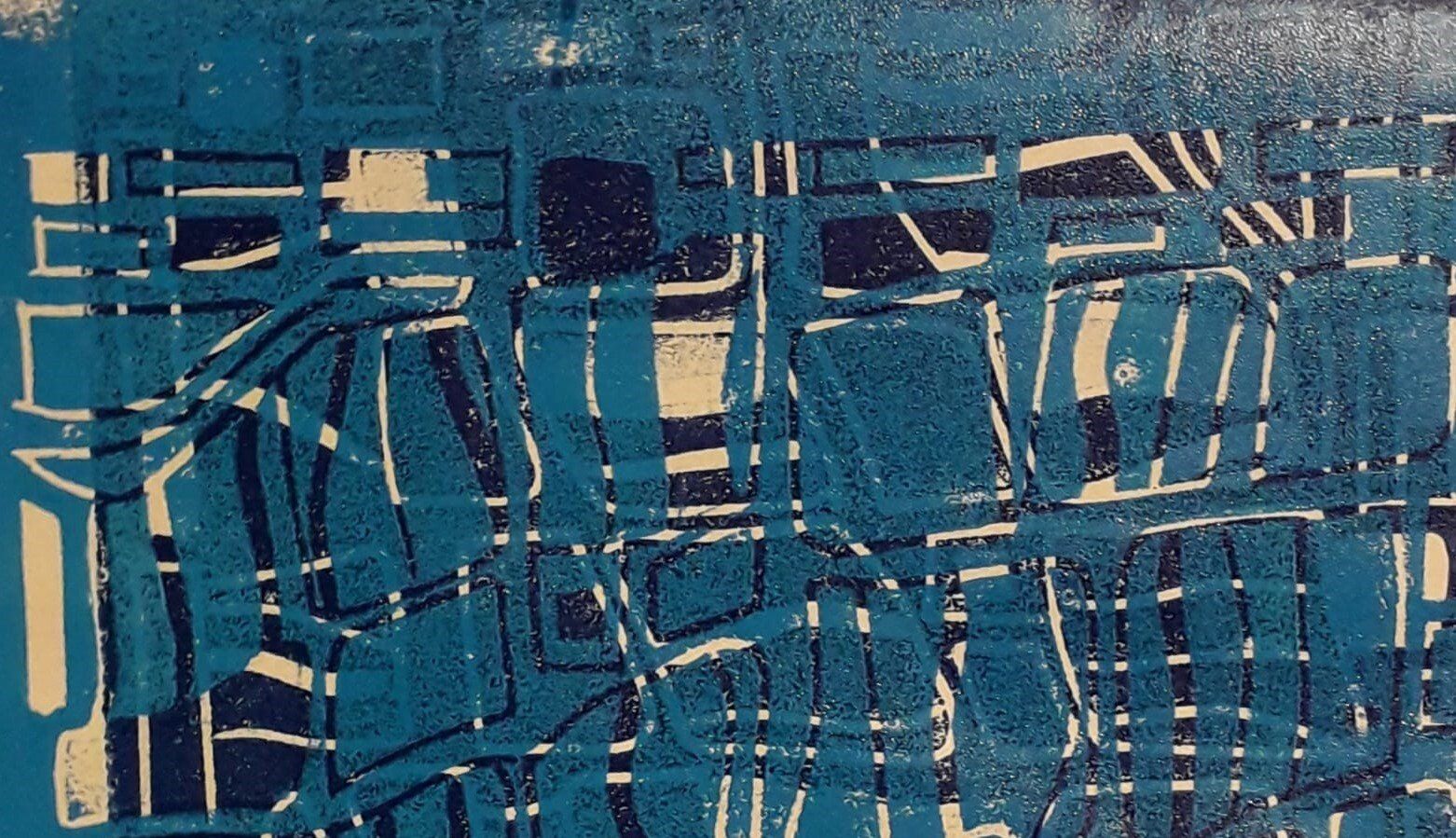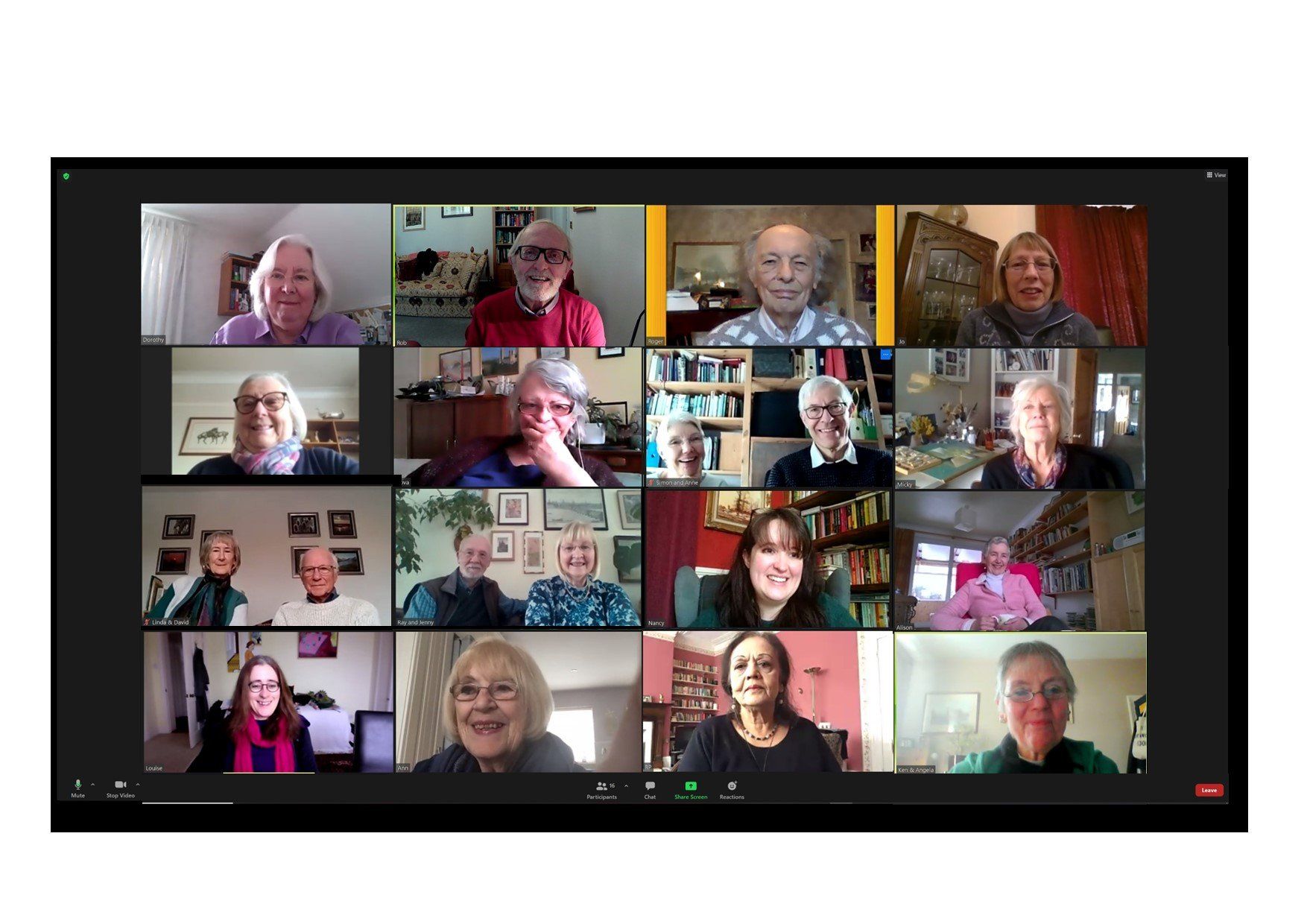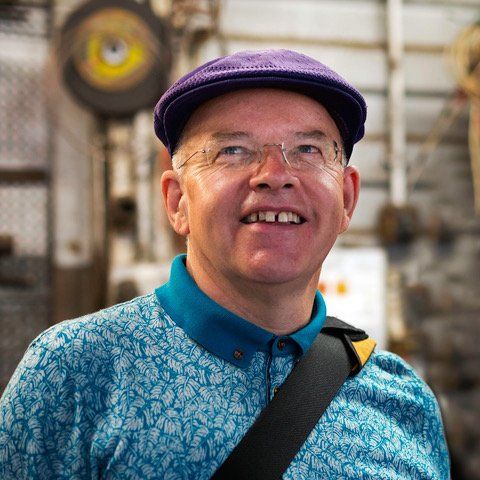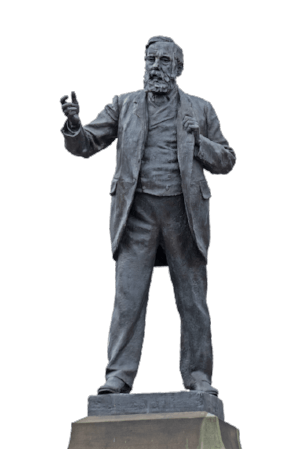Ironclad Dawn
- by John Sadler
- •
- 20 Nov, 2017
- •
Military historian John Sadler is an established Explore tutor. His varied interests include historical interpretation with the Time Bandits! You may have already met John as one of his various alter egos...

John taught a course on fortresses in Explore's Season 1 2017-18 and will be teaching a course on the Cold War in Season 2 starting in January 2018. Find out more in the links below.
Here John relates the story of the battle of Cambrai - a key confrontation in World War 1.
On 20th November, 1917, the church bells rang out across England. There was a victory to celebrate. Brigadier General Tudor had suggested that a section of the mighty Hindenburg Line between the St. Quentin Canal and Canal du Nord, west of Cambrai might be suitable ground for a large scale raid. The aim was to fracture the line. He suggested that tanks might be used to hack through the dense belts of wire rather than guns and provide cover for the attacking infantry.
The BEF’s youngest brigadier, Roland Boys Bradford VC, (of the ‘Fighting Bradfords’), assumed command of 186 Brigade of the 62nd (West Riding) Division a mere ten days before the start of the battle. One of the most testing elements of the attack, as the brigade trained some four miles southeast of Arras, was the need for tank/infantry cooperation. Roland Bradford was an enthusiastic advocate of tank warfare.
If Roland’s divisional commander, Major-General Braithwaite, was an equally zealous convert, Major-General Harper, leading 51st (Highland) Division to their right, was not. For the 62nd Division, their objectives lay in the fortified villages of the Hindenburg line; Havrincourt, Craincourt and Anneux.
Bradford’s brigade would be in reserve with orders to pass through the leading elements, take and hold a line from Craincourt to the Bapaume-Cambrai road. They were also to secure the Hindenburg support system, take Anneux and finally link with cavalry on their left, occupying high ground just to the west of Bourlon Wood.
Dawn of 20th November witnessed some astonishing feats. The tanks, mighty in numbers, came rumbling forward, grinding inexorably through the grand, seemingly impenetrable defences of the Hindenburg Line. Both leading brigades of 62nd Division secured their objectives by mid-morning. A vast haul of stunned defenders was netted. As Bradford’s battalions surged through, their brigadier was everywhere, exhorting, directing, and leading. All was not going as well as it seemed. Harper’s highlanders were stalled before Flesquieres. General Braithwaite ordered a halt so that his surviving tanks could be re-deployed and assault the village from the west.
As the attack faltered and lost momentum, Bradford’s battalions were bombing their way up the German trenches. Resistance was stiffening and fighting raged deep into the darkness. Roland had his subterranean HQ in the ancient vaults of Craincourt Church. Men under his command had surged forward over four miles on 20th November, arguably the deepest advance by any equivalent formation since the end of mobile warfare in the autumn of 1914.
Next day witnessed fierce fighting. Infantry and tanks worked their way doggedly forwards. Lewis-gunners of 2/4th Battalion Duke of Wellington’s, fired bursts from the hip, Chicago-gangster style, spraying windows and embrasures where enemy snipers lurked. The ridge of Bourlon Wood remained out of reach. The Germans had rushed reinforcements into the area. Both sides knew this to be the key.
Exhausted, 62nd Division was briefly withdrawn before being thrown back into the assault on 26th November. Bradford’s brigade was to attack the very centre of the ridge, going over at 06.20 hours on the 27th. This time there would be no miraculous advances. The dogfight would be vicious and at extremely close quarters in the tangle of trees and undergrowth. All day they scrapped and by dusk had forced a way onto the ridge. Ground so hard won could not be held and the survivors were forced to withdraw.
That night, the division was relieved and weary Tommies plodded back to billets east of the Canal du Nord. As was his custom, Roland Bradford went out during the evening to tour outposts. Next afternoon, after a search, his body was found. He’d been killed by a single shard of shrapnel.
On 30th November, inevitable counter-attacks crashed home. It ended in stalemate but while Cambrai had cost the British some 40,000 casualties but important lessons had been learnt.
These lessons would bear valuable fruit during the break-in battles of 1918.
Find out more about John's January 2018 Explore course on the Cold War - click here.
Click here to go to John's website.
Mailing List
Mailing List
We will get back to you as soon as possible
Please try again later

All Rights Reserved



